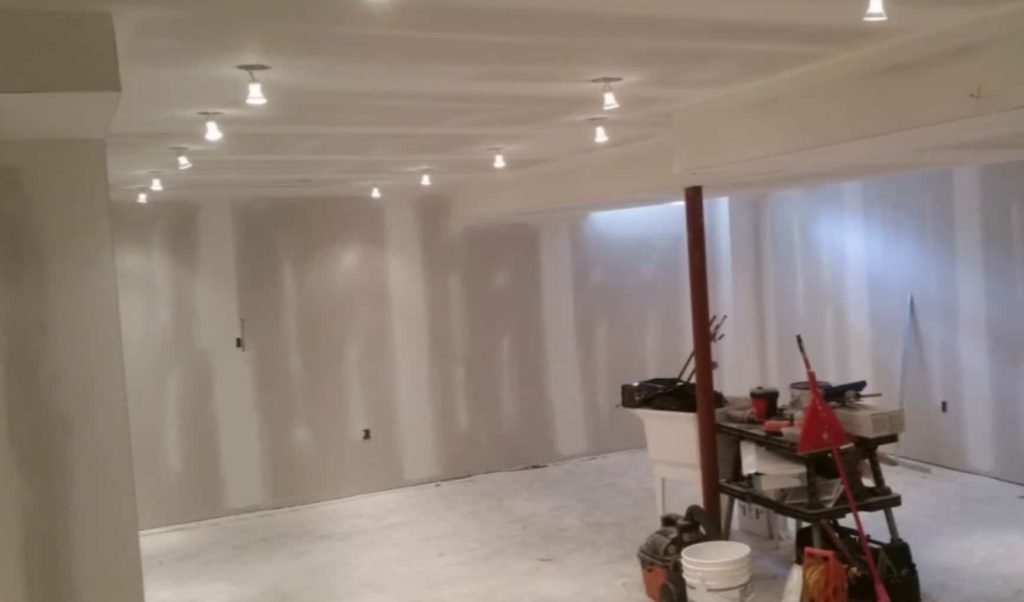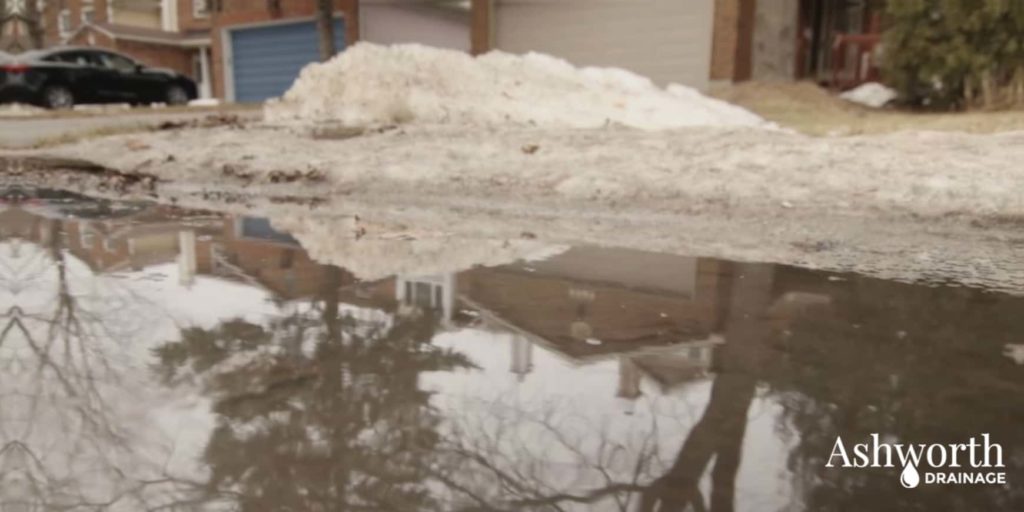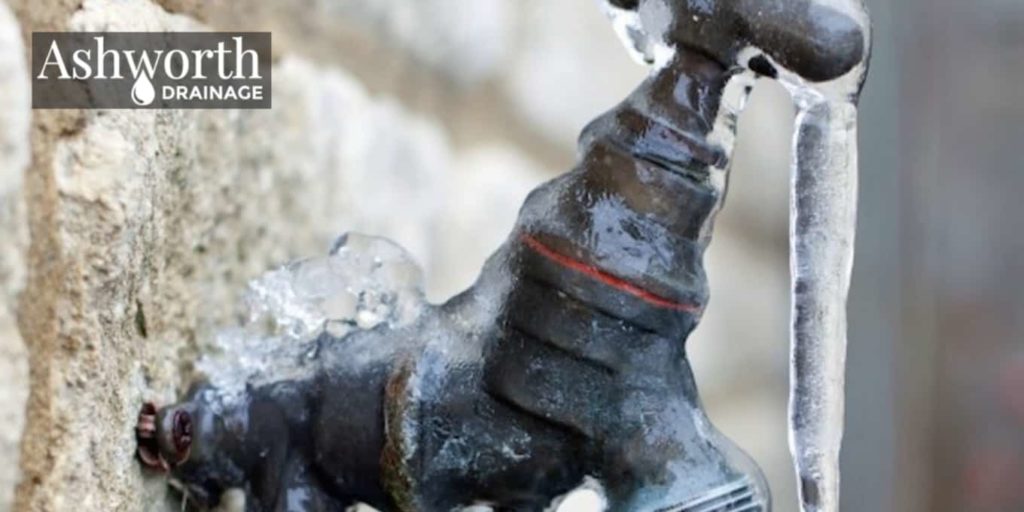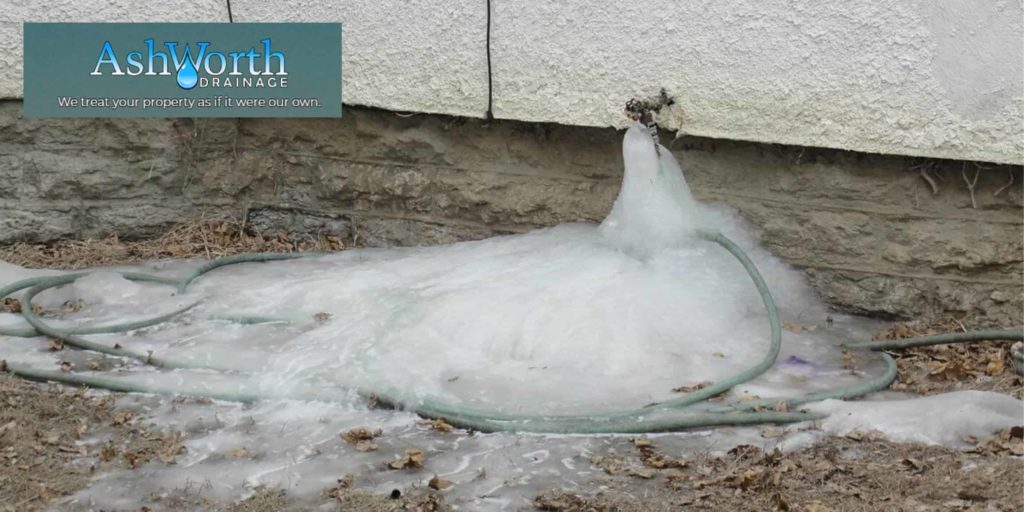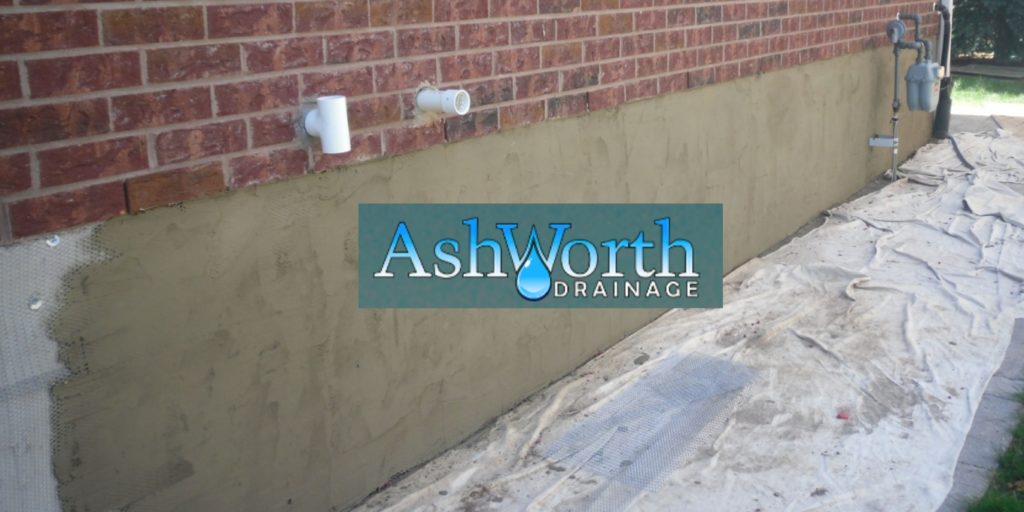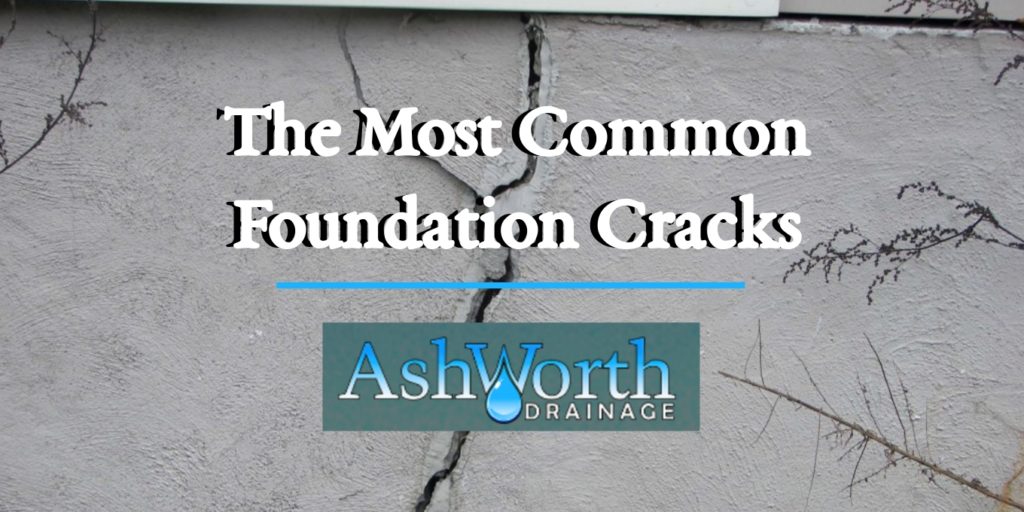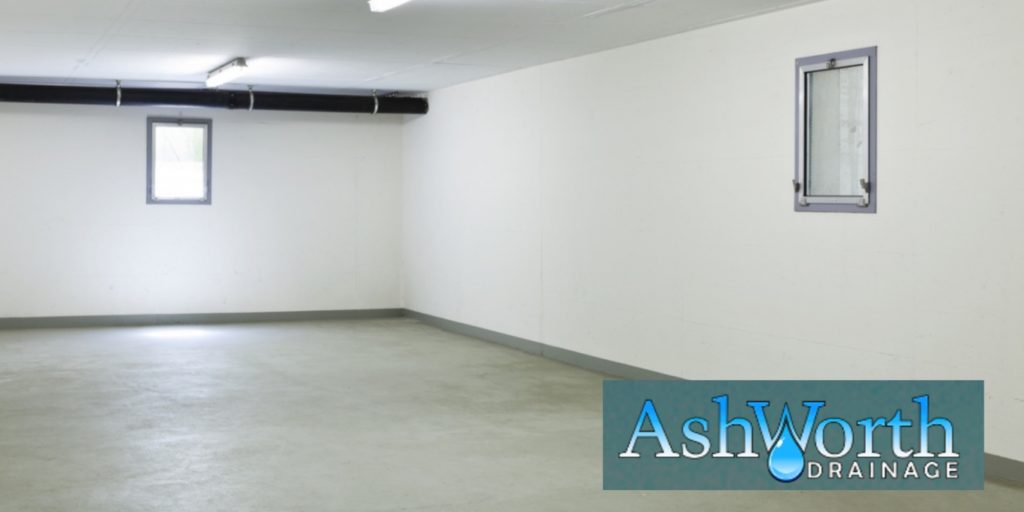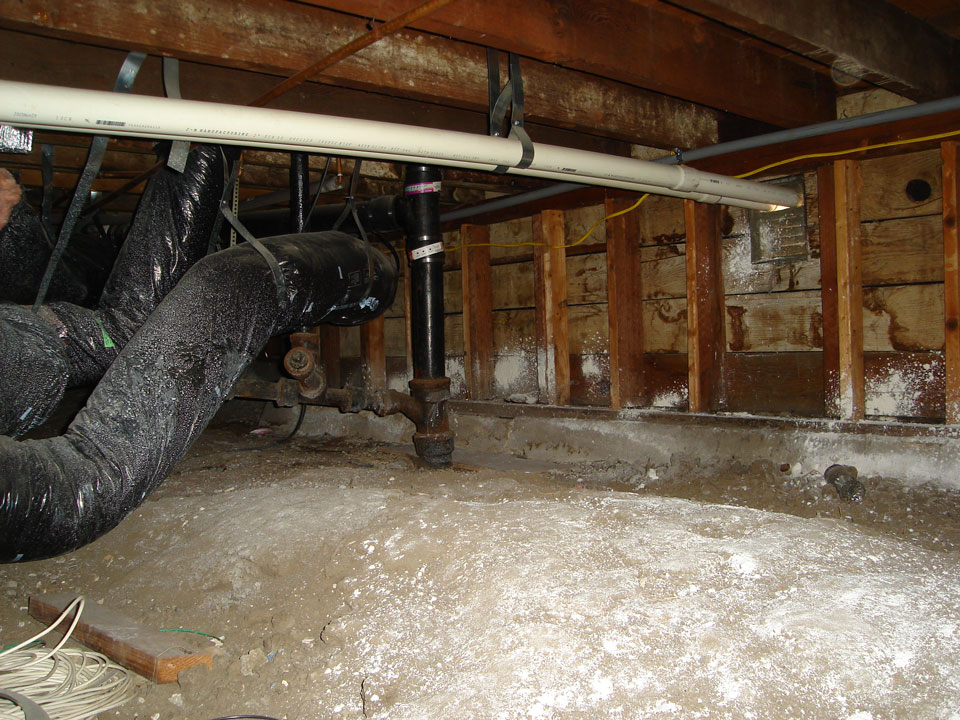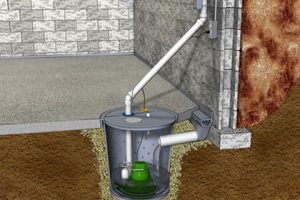ASHWORTH DRAINAGE BLOG
Transforming your basement from a storage space to a fully-furnished room is a big job, but it can be really rewarding! But before bringing inexpensive flooring material, new drywall, and stylish furniture, you have to start with waterproofing. Making sure your foundation is solid will protect your new living space from leaks and costly water damage in the future. Good waterproofing will save you from having to renovate again!
Homeowners know that spring can bring out the worst in their basement. Many simply deal with the mess that comes with melting snow, because they think as long as it’s not affecting their belongings and only a little moisture is getting in, what’s the harm?
Unfortunately, any water getting through your foundation walls and into your basement is a sign of a problem that will only get worse – and more expensive – if it’s allowed to continue. There are many things you can do to prepare your basement for the spring thaw, no matter what your budget. Take the time this winter to examine your basement and check for weak spots; you’ll appreciate the work when the snow melts and the rain begins!
Winter is a hard time for your home’s drainage systems. Ice, snow, and deep freezes bring all kinds of unique drainage problems that are more difficult to solve than in the warmer months. You should make sure that you’re prepared to deal with the following five challenges!
As far as winter prep goes, draining your outdoor pipes is one of the easier tasks, so it’s ironic that it’s also one of the most important. When you drain and shut off the pipes that lead outdoors, you’re not just preventing outside damage – you’ll prevent a lot of potential indoor damage, too!
One of our favorite TV shows that is currently making its rounds is “Holmes on Homes”, a show where one of the most respected professional contractors and inspectors visits the homes of people who’ve been visited by bad contractors, or who have a home that isn’t safe or doesn’t suit their needs. He takes a look at the situation at hand, and not only presents a solution, but also has a team of workers to assist in the project to get it done right. It’s due to our admiration and respect for this knowledgeable man that we decided to present his suggestions on how to keep your basements dry.
Basement parging is often seen as an added decoration that completes the look of a home’s exterior. While decorative parging can indeed lift any drabby-looking home, old or new, this practice adds an extra layer of protection for your home’s foundation. However, a lot of homeowners misunderstand just what parging is and why it’s important for keeping your interior dry!
Believe it or not, there are “types” of cracks that can form in your foundation. The different stresses on the basement wall materials can cause cracks to form in specific ways. Cracks caused by wall settling and shrinkage, and cracks in the basement floor, are all caused by different issues, and their treatment can depend on what they mean. Knowing what the cracks look like can lead us to the root of the problem and manage the cost to repair house foundation.
Basements aren’t exactly new innovations, but the technologies that work to keep your basement dry have been getting seriously advanced. The past few decades of creative thinking have made keeping moisture and water out of your basement a lot easier, letting more and more homeowners use their lower levels as new spaces to live in and enjoy.
While some tried-and-true drainage technologies have been around since livable basements became a thing – weeping tiles and French drains were popularized in the mid-19th century – the industry is always improving itself. If your basement needs an upgrade in the protection department, here are some of the newest technologies and tactics for basement waterproofing!
Water in your crawl space is a pain to get rid of, but you shouldn’t sit on it, even if it’s only a tiny bit of moisture. While finding crawl space solutions might seem like a lot of work, the problems will only get worse if any amount of water is allowed to fester. Soggy insulation and mold are just the beginning – infestations, weak foundation walls, and more await a drainage issue that isn’t resolved quickly. Here’s how you can get rid of that water and make sure it stays out!
A sump pump is a valuable tool for all homeowners but how do you know you should have one? There can be a range of questions when it comes to sump pumps! Check below to know if you should have one.

